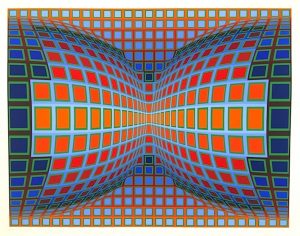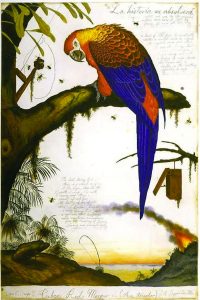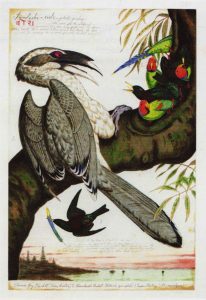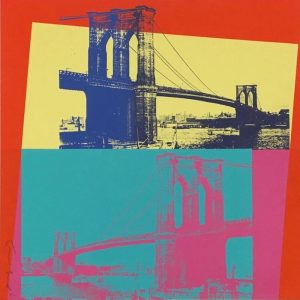 Frank Stella
Frank Stella
Agua Caliente, from Race Track Series
1972
Screenprint
21 5/8 x 81 1/2 in.
Edition of 75
Pencil signed and numbered
About the work:
Frank Stella is an aficionado of racing of all kinds and on multiple occasions has incorporated this passion into his work. Of the different racing related series he has created, one of the most widely recognized is the Racetrack Series. This series of three prints was inspired by famous horse race tracks in California and Mexico.
This week’s Work of the Week! WOW! from the Racetrack Series is Agua Caliente.
The Agua Caliente track is located in Baja California, Mexico, approximately 4 miles from the US border. The facility was built in 1929, at the height of Prohibition and start of the Great Depression. The racetrack was attached to a casino and hotel, a resort which was very popular among wealthy Americans, including the Hollywood elite since drinking and gambling was illegal in the US. In 1935, Mexican President Lazaro Cardenas outlawed gambling, which closed down the resort and casino, however the racetrack continued to operate for many years.
Agua Caliente was the site of several horse racing firsts, such as starting gates, safety helmets, and “pick-6” wagering. “Pick-6” wagers require bettors to pick the winning horse in 6 consecutive races, no easy task but, multiple horses can be selected for each race. The more horses selected, however, the more expensive the bet.
Legendary horses, Phar Lap and Seabiscuit competed and won at the track in 1932 and 1938 respectively, both regarded as symbols of hope during the Great Depression. Today, the racetrack is still in operation, but hosts daily greyhound races as opposed to horse races.
 Stella’s minimalist approach depicts Agua Caliente with 3 boldly-colored ellipses representing a bird’s eye view of the track. Despite that the work is minimalist, it is created in a large scale, measuring 81 1/8 inches across, adding to the impact of the geometric beauty.
Stella’s minimalist approach depicts Agua Caliente with 3 boldly-colored ellipses representing a bird’s eye view of the track. Despite that the work is minimalist, it is created in a large scale, measuring 81 1/8 inches across, adding to the impact of the geometric beauty.


 Joan Mitchell
Joan Mitchell Victor Vasarely
Victor Vasarely Stencil Camel
Stencil Camel David Hockney
David Hockney






 Andy Warhol
Andy Warhol
